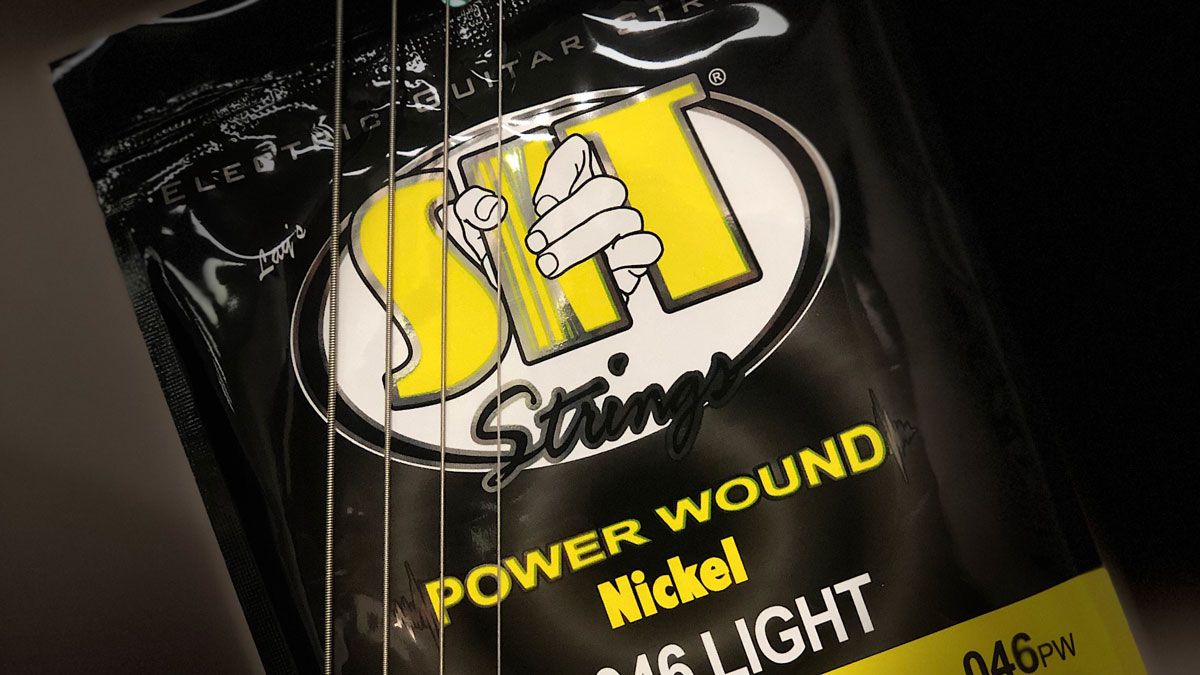
Choosing the right guitar strings is more important than some people think.
With electric guitar and bass strings, there should be more involved than just walking into a store and buying the first set of ‘lights’ that you see - taking time to choose will help you to dial in your tone. You need to think about not only the gauge but also the metal content and design of the string, and that’s where SIT Strings steps in.
SIT (Stay In Tune) Strings believes that great tone starts with great strings, and uses a metal-to-metal bonding agent at the twist of the strings, helping them to Stay In Tune.
The company was founded on a belief that a guitar string is more than just an accessory, but rather an integral part of a musician’s sound and voice. That is why, since 1980, it has been manufacturing strings one at a time, at the SIT Strings factory in Akron, Ohio.
Here’s how you can choose the right strings for your playing style and sound.
The right materials
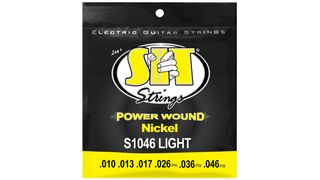
The most popular guitar and bass strings are still made with NPS, or nickel-plated steel. NPS refers to the cover wrap metal used to make the string. For SIT, this brand name is the Powerwound electric or bass guitar.
SIT’s Powerwound Strings are composed of an 8% NPS cover wrap over a hexagonal-shaped core, all with USA-made sources. A nickel-plated steel gives you a combination of brightness and longevity. This metal combination remains the most popular because it’s the most versatile - not only in terms of playing styles but also variety of gauges available.
Most of SIT’s signature sets are designed from the Powerwound nickel-plated steel line. This includes the Richard Kruspe of Rammstein signature guitar strings and also the David Ellefson signature bass strings.
Other materials are available, too. For example, the Powergroove electric guitar strings are made from a pure nickel cover wrap. This metal is softer than a standard nickel-plated steel wire, and delivers a great, warm, tone. It sacrifices a little of the brightness, but the added tone and warmth can be a good tradeoff depending on your playing style, guitar, and personal taste.
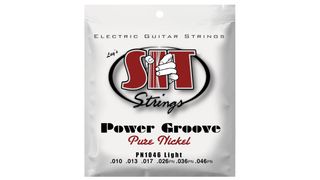
On the other end of the spectrum, there’s the Powersteel guitar and bass strings. These strings are made with a 430 stainless steel cover wrap over a hex core. This wire is the hardest material SIT uses but it’s also the brightest-sounding. You lose some warmth and feel with this metal choice, but if you’re looking for the brightest string with more ring, this could be a good option, depending on playing style.
These few examples are just the start - SIT has a variety other materials depending on the sound you’re looking for, including the Foundations Bass Strings, RB Series Bass, Flatwounds, and many more.
The right size
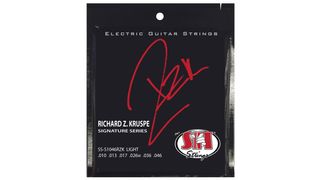
Dialling in your preferred gauge is also an important step. For example, with electric guitar strings, the most popular gauge is .010-.046. However, there are many options out there depending on the setup of a specific guitar and style of music.
When Richard Kruspe was working with SIT to develop a set, for one of his guitars he wanted the playability and bendability of a normal extra-light .009 set but also needed some more beef on the low-end. A custom set was designed, gauged .009-.050 in addition to his .010-.046 set. It was important that the midrange be balanced as well to fit his need.
Another increasingly popular size for electric is .010-.052. This is a standard .010 set with a heavier gauge on the low-end. Dan Auerbach from the Black Keys has always played a .010-.052 or a custom-gauge .011-.050.
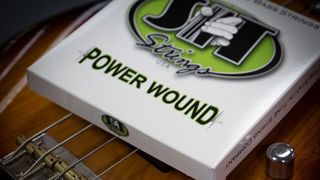
With bass strings, the gauge choice is important as well. For example, when developing David Ellefson’s signature strings, the Megadeth bassist was looking for a standard medium-light on the five-string set, but needed his midrange strings to have a little more depth. So SIT developed a .065 and .085 with a larger core than normal to fit his set and style of playing.
Many rock and metal bass players have gone heavier on the five-string, too, moving from a .050-.130. Again, this depends on each individual bass that you are fitting with the strings, as well as tuning and playing style.
For more information on how to choose the right strings for you, head over to the SIT Strings website.
Get the MusicRadar Newsletter
Want all the hottest music and gear news, reviews, deals, features and more, direct to your inbox? Sign up here.